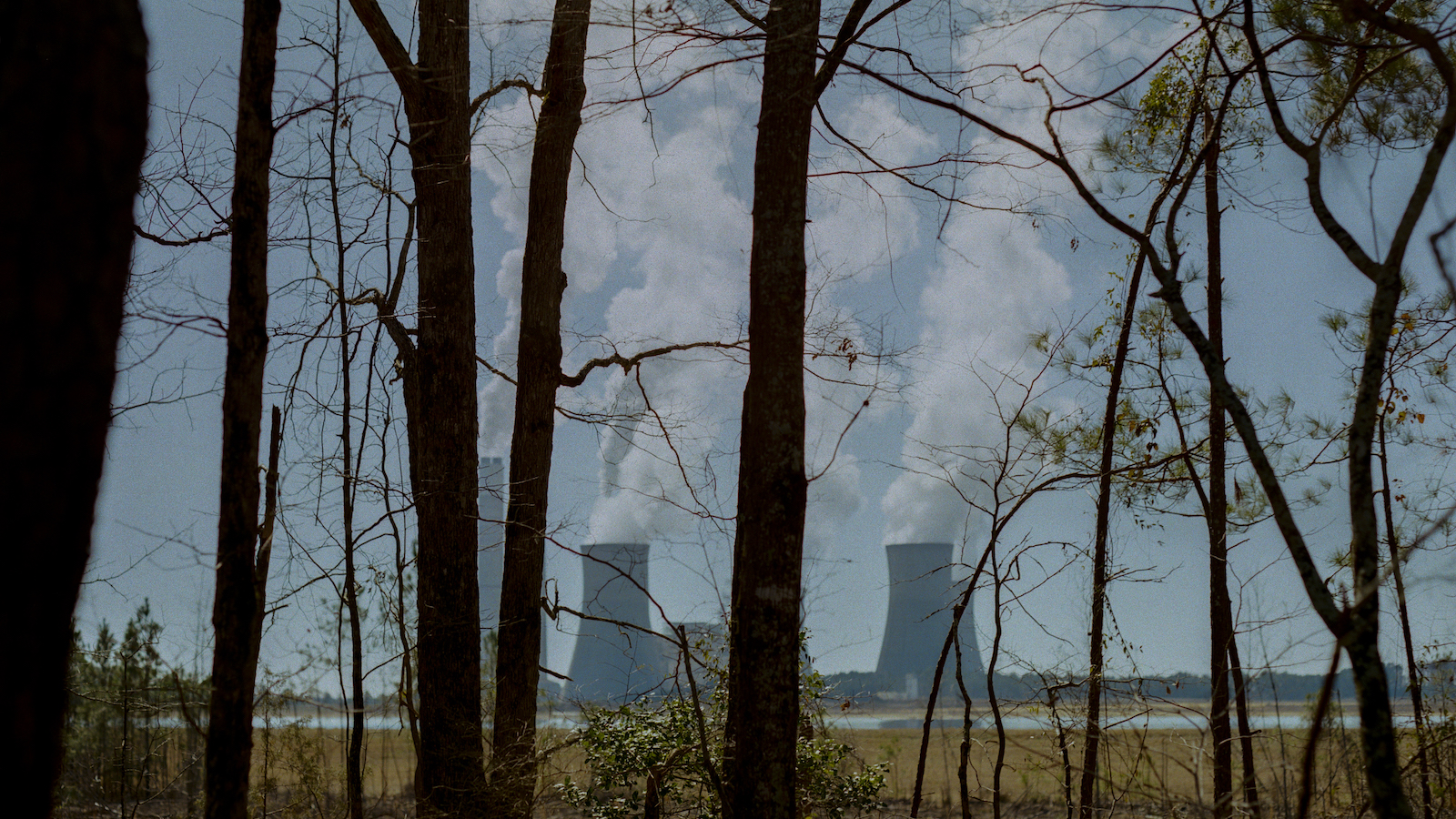A supermassive black hole with 200,000 solar masses is located in the middle of the dwarf galaxy Markarian 462 (Mrk 462), according to new research led by Dartmouth College astrophysicists.
This graphic shows X-rays that NASA’s Chandra X-ray Observatory detected from the dwarf galaxy Mrk 462. This X-ray emission (inset) is important because it reveals the presence of a growing supermassive black hole within this relatively small galaxy. The mass contained in this black hole — about 200,000 times the mass of the Sun — provides information to astronomers about how some of the earliest black holes in the Universe may have formed and grown billions of years ago. The background panel is an optical image from the Pan-STARRS telescope in Hawaii. There are several galaxies that are part of the HCG068 galaxy group on the left-hand side of the image. The galaxy that is emitting copious amounts of X-rays, however, is the much smaller galaxy located to the lower right of the image (marked by the arrow). Image credit: NASA / CXC / Dartmouth College / J. Parker & R. Hickox / Pan-STARRS.
Mrk 462 lies approximately 110 million light-years away in the constellation of Canes Venatici.
Otherwise known as ECO 6421, IRAS Z13493+4027 and LEDA 49191, this dwarf galaxy contains only a few hundred million stars, which means it holds about a hundred times fewer stars than a massive galaxy like the Milky Way.
Black holes are notoriously hard to find in dwarf galaxies because they are usually too small and dim for optical light telescopes to track the rapid motions of stars in the centers.
In larger galaxies astronomers often find black holes by looking for the rapid motions of stars in the centers of galaxies.
Another technique is to search for the signatures of growing black holes, such as gas being heated up to millions of degrees and glowing in X-rays as it falls towards a black hole.
“The black hole in Mrk 462 is among the smallest of the supermassive, or monster, black holes,” said Jack Parker, an astrophysicist at Dartmouth College.
Parker and colleagues used NASA’s Chandra X-ray Observatory to look at eight dwarf galaxies that had previously shown hints of black hole growth from optical data gathered by the Sloan Digital Sky Survey.
Of those eight, only Mrk 462 showed the X-ray signature of a growing black hole.
The unusually large intensity of high energy X-rays compared to low energy X-rays, along with comparisons to data at other wavelengths, indicates that the Mrk 462 black hole is heavily obscured by gas.
“Because buried black holes are even harder to detect than exposed ones, finding this example might mean there are a lot more dwarf galaxies out there with similar black holes,” said Dr. Ryan Hickox, also from Dartmouth College.
“This is important because it could help address a major question in astrophysics: How did black holes get so big so early in the Universe?”
Previous research has shown that black holes can grow to a billion solar masses by the time the Universe is less than a billion years old.
One idea is that these huge objects were created when massive stars collapsed to form black holes that weighed only about 100 times the mass of the Sun.
Theoretical work, however, struggles to explain how they could pack on weight quickly enough to reach the sizes seen in the early Universe.
An alternative explanation is that the early Universe was seeded with black holes containing tens of thousands of solar masses when they were created — perhaps from the collapse of gigantic clouds of gas and dust.
A large fraction of dwarf galaxies with supermassive black holes favors the idea that small black hole seeds from the earliest generation of stars grew astonishingly quickly to form the billion solar mass objects in the early Universe.
A smaller fraction would tip the scales to favor the idea that black holes began life weighing tens of thousands of Suns.
These expectations apply because the conditions necessary for the direct collapse from a giant cloud to a medium-sized black hole should be rare, so it is not expected that a large fraction of dwarf galaxies would contain supermassive black holes.
“We can’t make strong conclusions from one example, but this result should encourage much more extensive searches for buried black holes in dwarf galaxies. We’re excited about what we might learn,” Parker said.
The astrophysicists presented their results January 10 at the 239th meeting of the American Astronomical Society (AAS 239).
_____
Ryan C. Hickox & Jack Parker. 2022. Uncovering a Hidden Mini-Monster: A Heavily Obscured Active Galactic Nucleus in a Dwarf Star-Forming Galaxy. AAS 239
Note: This article have been indexed to our site. We do not claim legitimacy, ownership or copyright of any of the content above. To see the article at original source Click Here














